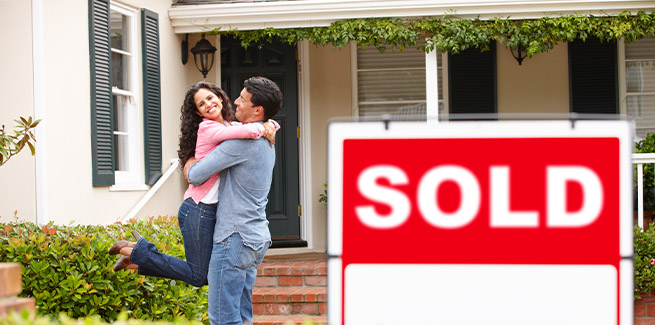The property data and analytics provider has revealed the typical Australian home is now worth $131,236 more than it was a year ago, with Brisbane recording the highest annual growth rate across the capital cities with housing values up 29.2 per cent.
While growth in January continued a pattern seen over recent months, Brisbane and Adelaide stand out among the capital cities, with housing values continuing to rise at more than 2 per cent month-on-month.
In January Brisbane increased 2.3 per cent, followed by 2.2 per cent in Adelaide – partially attributed to housing affordability, low advertised stock levels and demographic trends that continue to support housing demand.
While growth in Sydney (0.6 per cent), Melbourne (0.2 per cent), Darwin (0.5 per cent) and Perth (0.6 per cent) was substantially softer, Canberra saw a 1.7 per cent price increase in January, with a rise in Hobart of 1.2 per cent.
CoreLogic’s research director, Tim Lawless, said the early indication is that housing markets are starting 2022 with a similar trend to what we saw through late last year.
“Values are still broadly rising, but nowhere near as fast as they were in early 2021,” he said.
But Mr Lawless said the slowing down of growth has been influenced by less government stimulus, worsening affordability, rising fixed-term mortgage rates and, more recently, a slight tightening in credit conditions.
As well as “a surge in new listings” through the final quarter of last year.
The report indicated the slowing trend in more expensive cities such as Sydney and Melbourne can be partially explained by the larger deposit required alongside low-income growth.
Meanwhile the slower conditions across Perth’s housing market may be more attributable to the disruption to interstate migration caused by the lockdowns.
Regional markets continue to surpass capital cities
Regional markets have again shown a substantially strong result for housing values, with the combined home value in regional areas up 1.8 per cent over the month to a value of $551,887 compared to a 0.8 per cent increase in the combined capital cities.
Similar to the capital cities, it was regional Queensland that saw the largest rise of 2 per cent over January and regional South Australia (2.1 per cent).
Meanwhile the broad figures for “rest of state” regionally recorded at least a 1.2 per cent gain, demonstrating a depth of demand for regional housing.
This continues a three-month trend strengthening the performance gap between regional Australia, which recorded a growth of 6.3 per cent, and the capitals that rose 2.6 per cent over the same three-month period.
Over the past 12 months, the strongest regional markets have generally been those with lifestyle characteristics such as the Southern Highlands and Shoalhaven at 37.6 per cent, Sunshine Coast saw a rise of 34.4 per cent, and the Hunter Valley (excluding Newcastle) increased 34 per cent.
However, over the most recent three months, more rural regional markets such as the Central West and Capital Region of NSW have climbed the ranks.
While January is typically the quietest month for home sales, activity across Australia was estimated to be 15.1 per cent higher than January last year and 39.4 per cent above the previous five-year average – demonstrating the strength of demand across regional Australia.
[Related: Housing values grew 22.1 per cent in January 2021]
 ;
;
